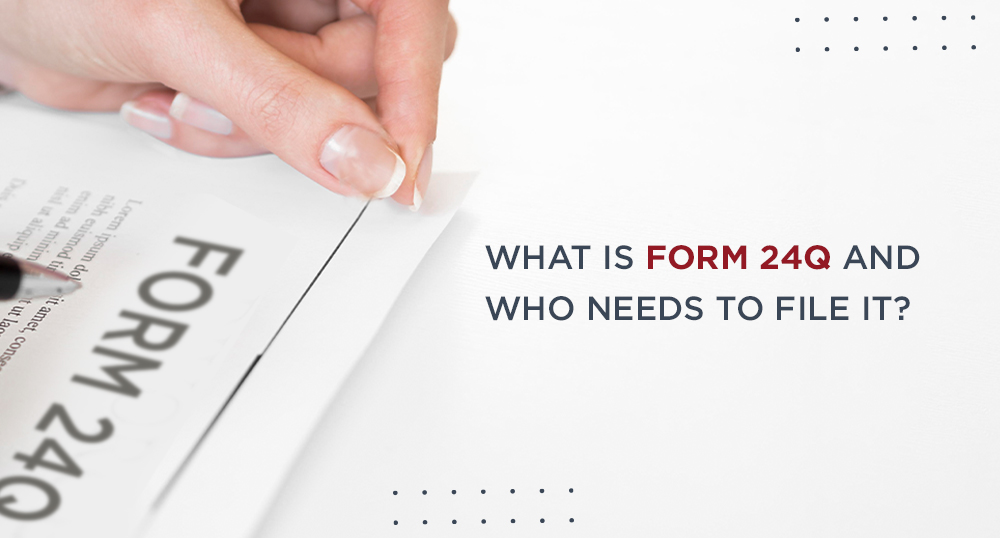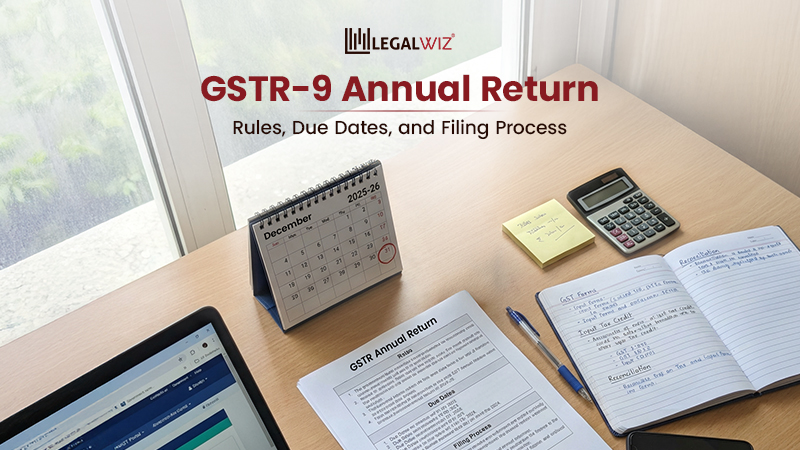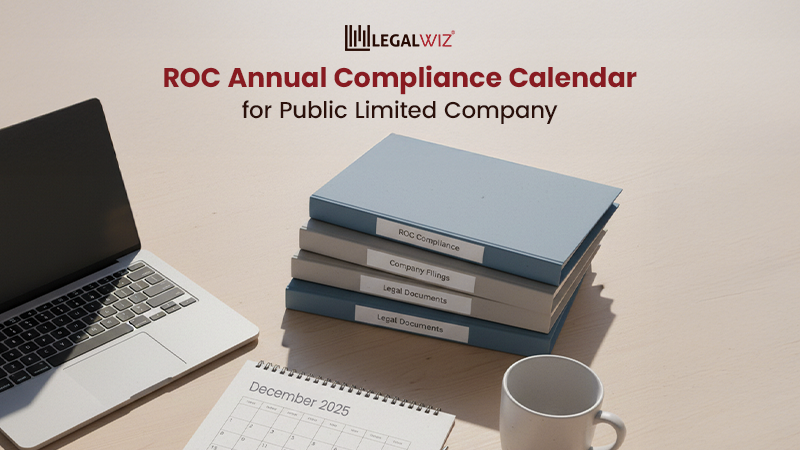What is Form 24Q and who needs to file it?
Introduction
When it comes to the realm of taxation and financial obligations, Form 24Q stands as a significant document, particularly for employers and employees involved in salary payments. This article delves into the intricacies of Form 24Q, and how it’s related to TDS Returns, shedding light on its purpose, sections, annexures, due dates, and associated penalties.
What is Form 24Q?
Form 24Q is a crucial element of TDS (Tax Deducted at Source) returns, especially concerning salary payments. It is a document that employers use to report salary-related payments and the TDS deducted on such payments to the Income Tax Department. You must file Form 24Q on a quarterly basis, which includes vital details of the salary paid to employees and the corresponding TDS deductions.
TDS Section Code
Form 24Q employs different TDS section 192 codes depending on the type of employee:
- 192A: Salary paid to government employees other than union government employees.
- 192B: Salary paid to non-government employees.
- 192C: Salary paid to union government employees.
Annexure I of Form 24Q
Annexure I is a vast section within Form 24Q that provides a detailed breakdown of TDS against each specific challan. It requires the inclusion of the following details:
Details of Challan(s):
- BSR code of the branch.
- Date of challan deposition.
- Challan serial number.
- Total amount in the challan.
- The TDS amount that the deductees will receive.
- Interest amount that the deductees will receive.
Details of Deductee(s):
- Employee reference number (if available).
- PAN of the employee.
- Employee name.
- TDS Section Code.
- Date of payment/credit.
- Amount paid or credited.
- TDS amount.
- Education Cess.
Additionally, any instances where TDS isn’t deducted or is deducted at a lower rate require the employer to provide reasons for such actions.
Annexure II of Form 24Q
Annexure II serves as a comprehensive breakup of salary, deductions claimable by the employee, income from other sources, house property details, and overall tax liability calculations.
Due Dates of Form 24Q
The due dates for filing Form 24Q are as follows:
- April to June: 31st July
- July to September: 31st October
- October to December: 31st January
- January to March: 31st May
Fees, Interest, and Penalties
Interest:
- If TDS not deducted, then 1% per month, from due date to actual deduction date.
- If TDS not deposited, then 1.5% per month, from deduction date to payment date.
- Late Filing Fees (Section 234E): A fine of Rs. 200 per day, paid until the return is filed. This amount accrues daily until it equals the TDS amount.
Penalty under Section 271H:
An additional penalty ranging from Rs. 10,000 to Rs. 1,00,000 may be charged under certain circumstances.
Additional things to keep in mind
- Verify PAN Numbers: Firstly, ensure accurate PAN numbers for all deductees.
- Challan Verification: Secondly, match challans through OLTAS or NSDL.
- Form-27A: Additionally, file a signed Form-27A along with the TDS return.
Conclusion
Form 24Q is more than just a document; it’s a critical link between employers, employees, and the tax authorities. Understanding its nuances is pivotal to ensuring accurate and timely compliance with the Income Tax Department’s regulations. Whether you’re an employer navigating the intricacies of TDS calculations or an employee keen on understanding the deductions from your salary, it stands as a testament to the holistic nature of taxation. It bridges the gap between financial transactions and legal obligations.
Frequently Asked Questions
What is Form 24Q?
Form 24Q is a TDS return filed by employers in India to report the details of salary paid to employees and the corresponding TDS deductions.
Who needs to file Form 24Q?
Employers who deduct TDS on salary payments need to file Form 24Q. This includes government and non-government employers.
What is Annexure I of Form 24Q?
Annexure I provides a breakdown of TDS against each challan. It includes details such as BSR code, date of deposition, challan serial number, total amount, TDS amount, and interest amount.
What is Annexure II of Form 24Q?
Annexure II provides a comprehensive breakup of an employee’s salary, deductions, income from other sources, house property, and overall tax liability.
What are the TDS Section Codes for salary payments?
TDS Section Codes for salary payments are:
- 192A: Salary paid to government employees other than union government employees. 192B: Salary paid to non-government employees.
- 192C: Salary paid to union government employees.

Monjima Ghosh
Monjima is a lawyer and a professional content writer at LegalWiz.in. She has a keen interest in Legal technology & Legal design, and believes that content makes the world go round.







